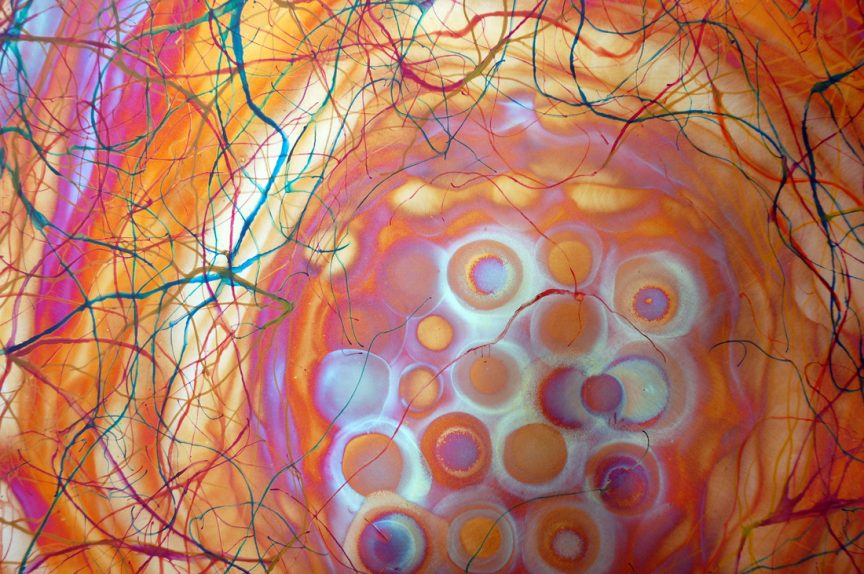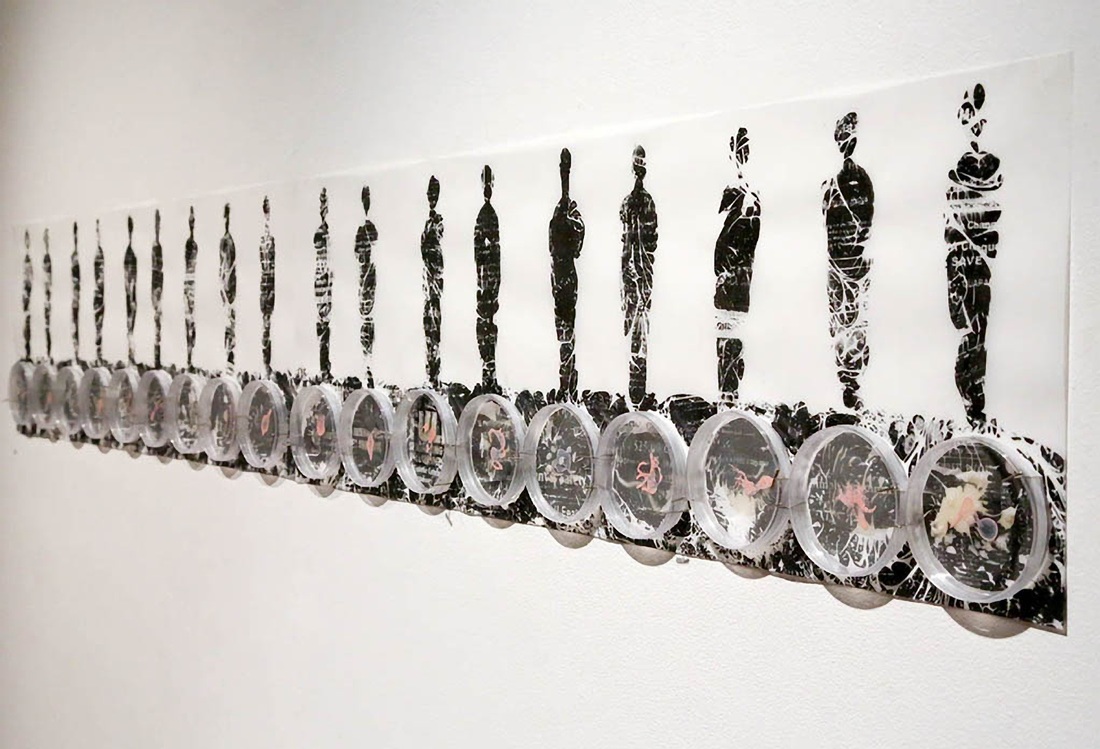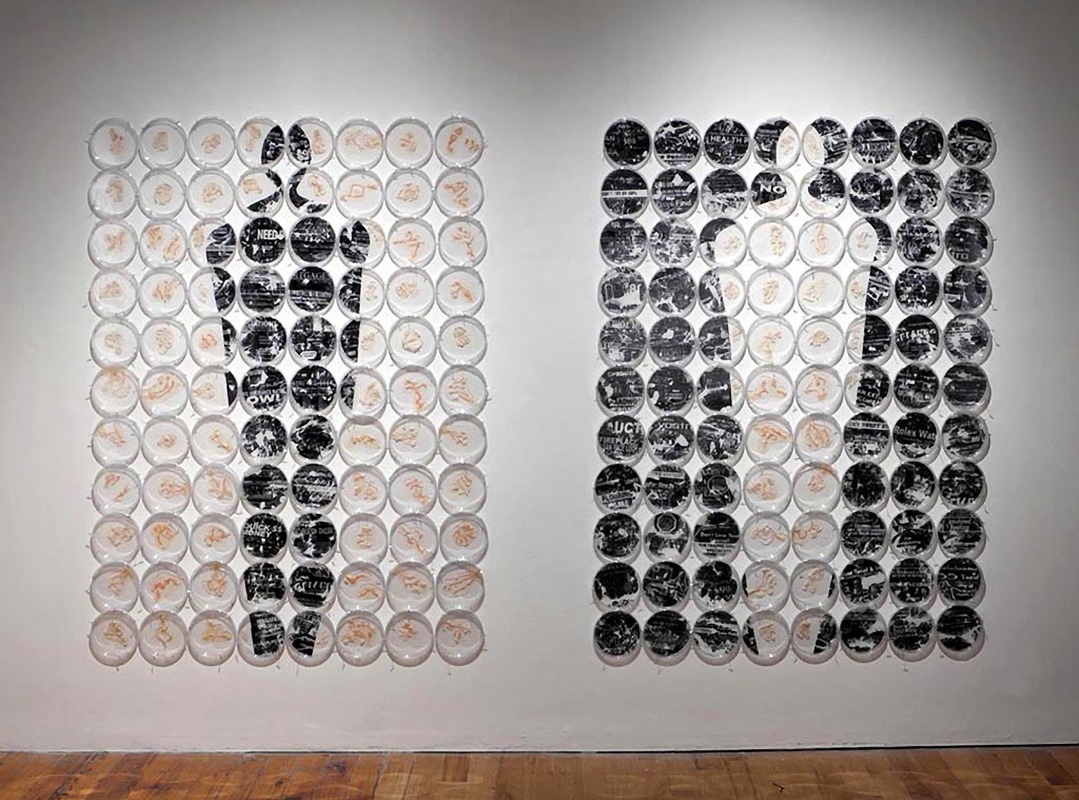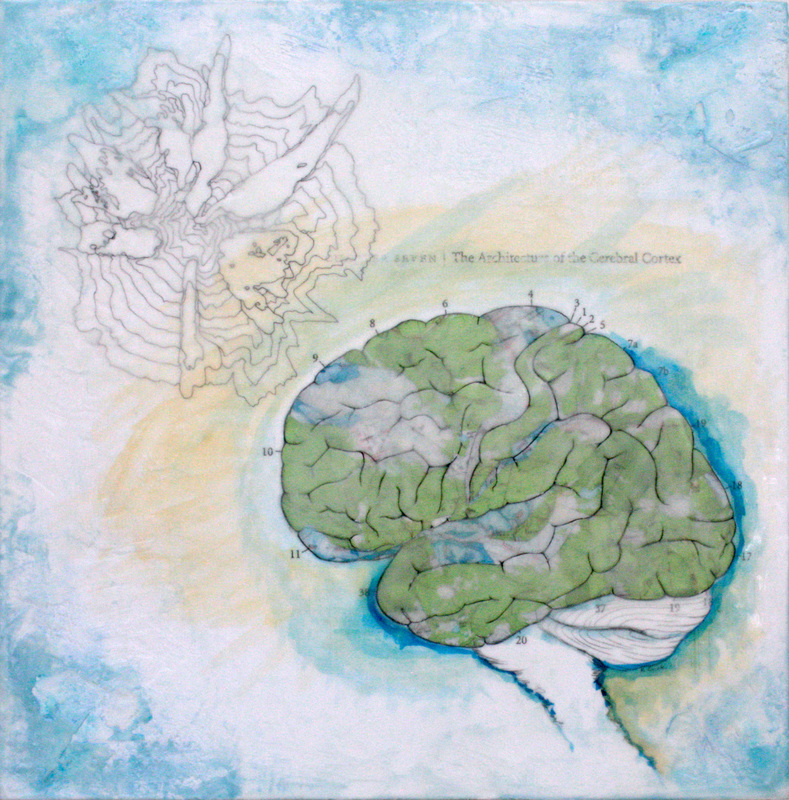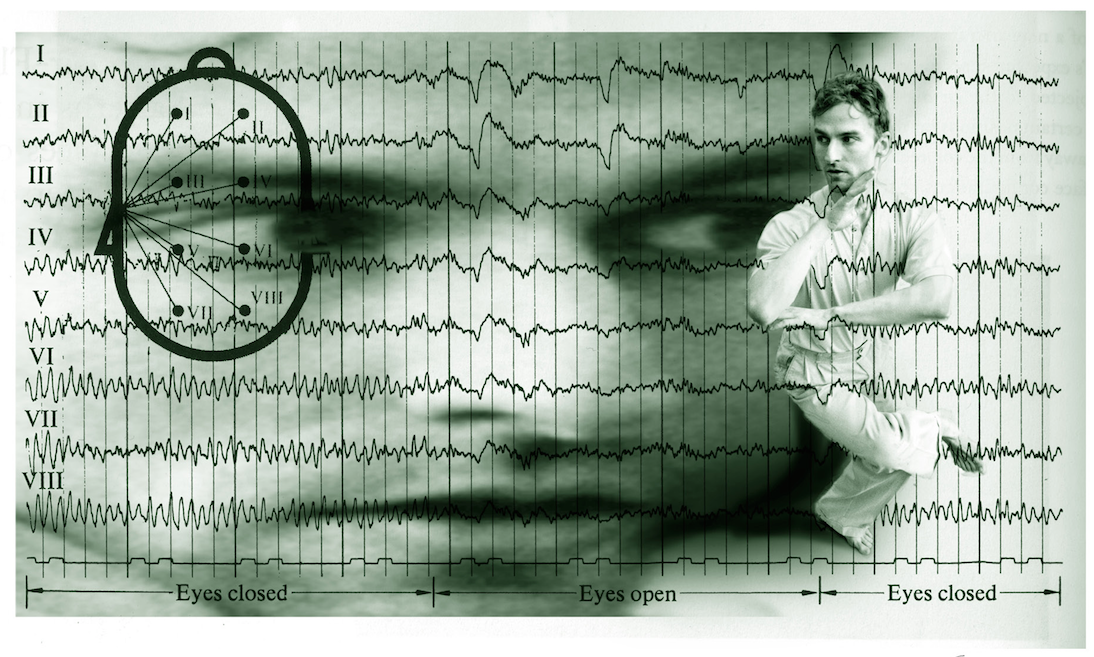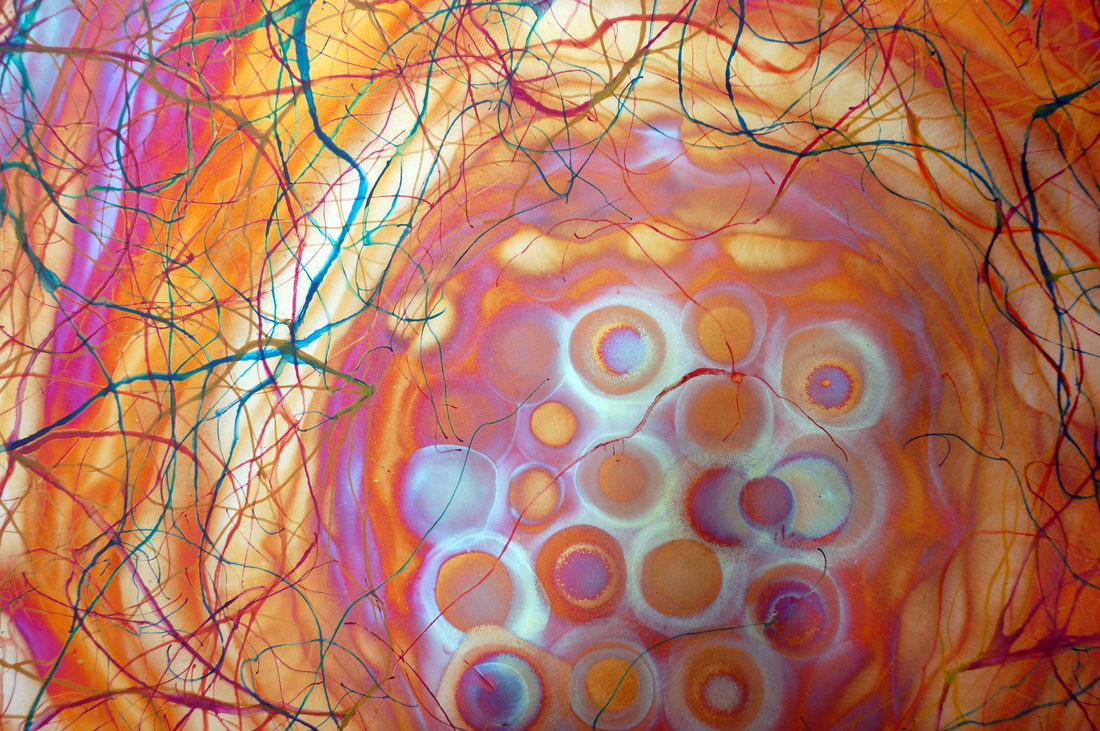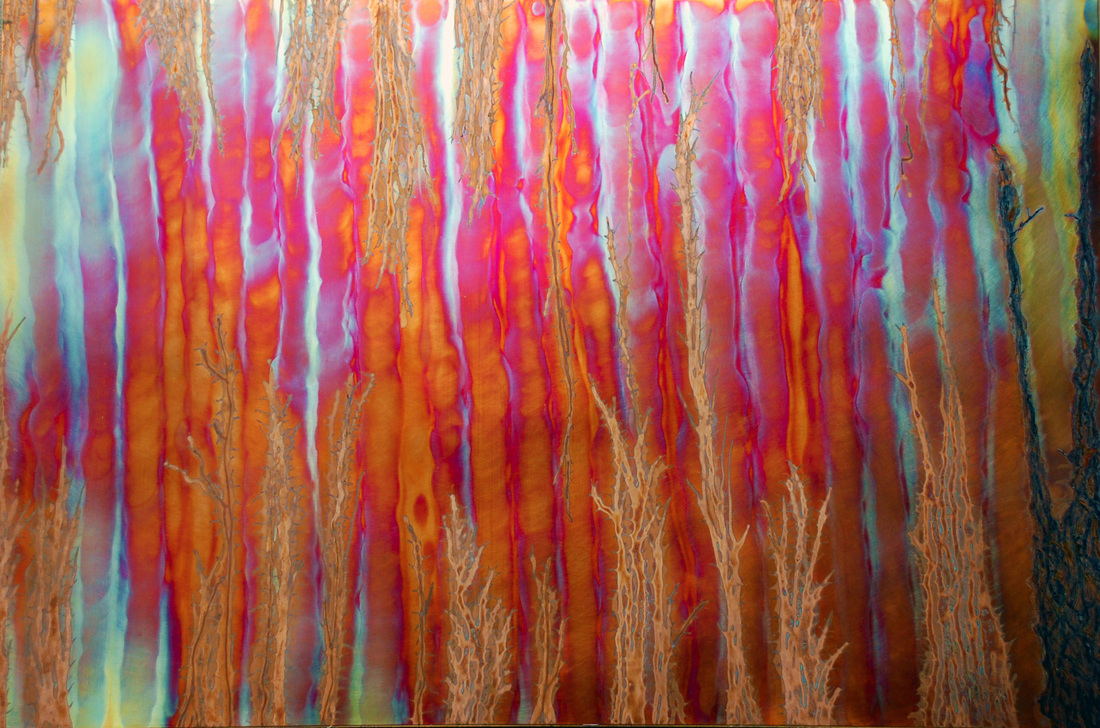I am thrilled to share my review of a beautiful virtual exhibit titled EmBodied by SciArt Center curator, Marnie Benney. This exhibition attempts to address the big questions of our existence. To discover who we are, we must venture into our surroundings and place ourselves under the microscope. Our bodies are still a space of uncharted discoveries with unanswered scientific questions, from the complexity of the brain to the diseases we succumb to.
“We conceptualize, pontificate, and dream about what our physical form means. By exploring everything from our bones, gross anatomy, physiology, microbiology, neurobiology, evolution, genomes, and more, how do we begin to understand ourselves in new ways? What do our bodies tell us about who we are?” – Marnie Benney
This virtual exhibition features diverse works that stand out independently, while remaining connected to the underlying theme. Here are some of my favourites:
Whittaker never ceases to amaze me with her ability to tell a story using bacteria. Her use of carbon copy as a means of communication in tandem with bacteria provides a unique perspective of our past and present.
Crick’s use of conventional (topographical) maps in conjunction with Brodmann’s area of the cerebral cortex presents an interesting layout of the brain. Her work represents the ever changing field of neuroscience through a contrast between concrete textbook diagrams and elusive backgrounds and fills.
Smart’s piece is multilayered and carefully places different components together. His use of waves and eyes direct us in one swift motion to the right. His work provides a sense of movement, which can be a challenge to capture in a still image.
Safren’s use of metal and oxide films to generate unexpected hues strike an uncanny resemblance to our flesh and tissues. Her pieces expand the capabilities of metal as an artistic medium by producing colours and textures that connect us with the human form.
Ginn’s use of synthetic and organic fibers reflect an important question of how our natural biology will change with the continuation of technological enhancements and biological discoveries. With gene-editing tools, such as CRISPR-Cas9 already in place, we are left to wonder what it truly means to be human.
This exhibition invokes a visceral connection to humanity through different colours, textures, and carefully thought-out positioning. Each artist brings to light important aspects of our biology, primarily ones that are difficult to see with the naked eye. In doing so, they provide a unconventional perspective which provokes this sense of wonder and begs the question: what does it mean to be human?
Share this Post

